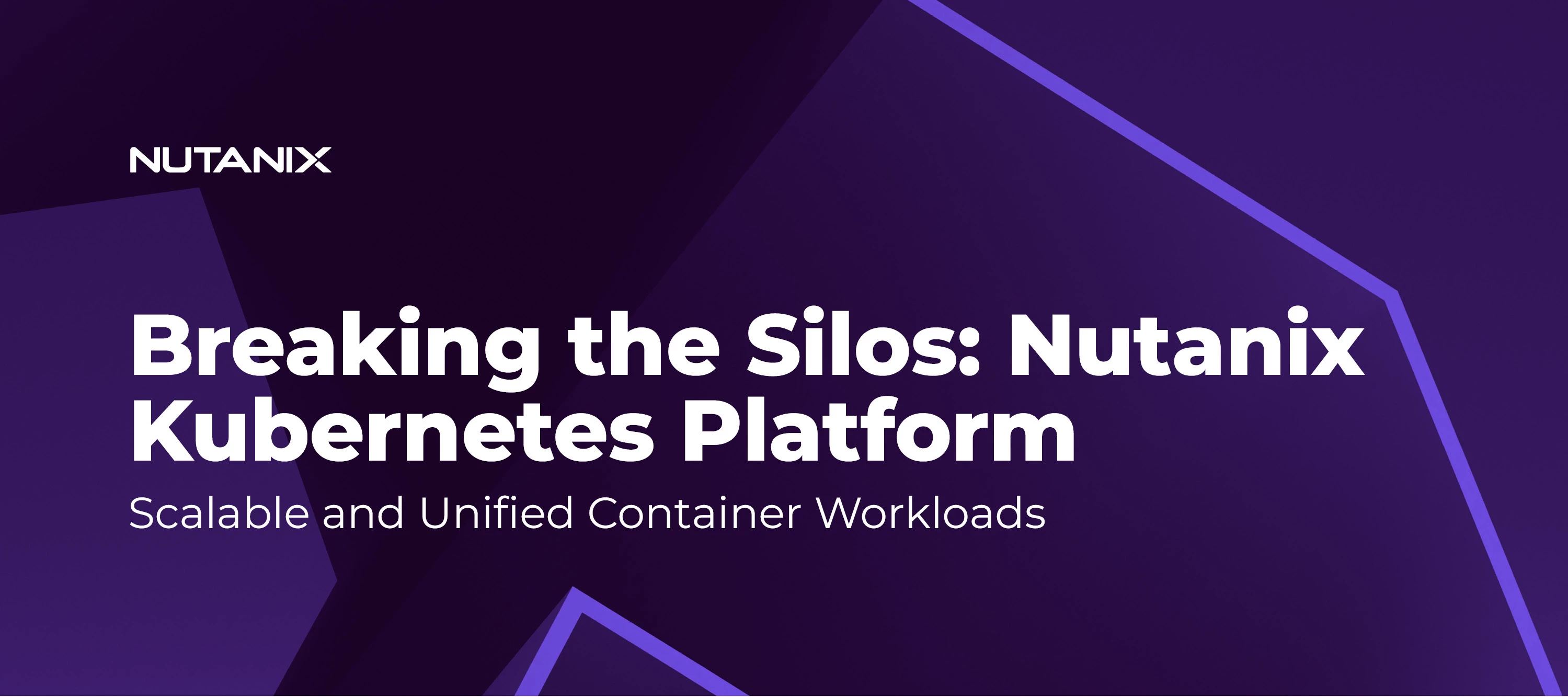In today’s rapidly evolving software landscape, containerization has become the go-to method for deploying applications efficiently. However, in the rush to deliver new applications, containers are often deployed in an uncoordinated, siloed fashion, resulting in what is sometimes called “shadow IT”.
The Pitfalls of Running Container Workloads in a Silos
When organizations deploy containerized applications without a centralized orchestration system, they often encounter several challenges:
Lack of Scalability – Without an orchestrator, scaling applications becomes a manual, error-prone task that can lead to performance bottlenecks.
Inconsistent Deployments – Managing multiple container environments independently may lead to discrepancies in configurations, resulting in failed deployments and finger-pointing between teams when there’s a problem, increasing downtime.
Resource Inefficiency – Without a scheduler to allocate resources dynamically, workloads may either over-utilize or under-utilize hardware resources.
Operational Complexity – Teams handling containerized applications without orchestration can face difficulties in managing networking, storage, and security across environments.
The Nutanix Kubernetes Platform (NKP) solution addresses these issues by providing a unified, scalable, and automated way to deploy, manage, and scale containerized applications.
How NKP Helps Break Down Silos
NKP solves these challenges by introducing a unified management experience that brings automation, scalability, and efficiency to containerized applications. Here’s how:
1. Automated Deployment and Scaling
NKP automates the deployment process with declarative configurations using YAML manifests. The Horizontal Pod Autoscaler (HPA) enables workloads to scale dynamically based on demand, eliminating the need for manual intervention.
2. Centralized Resource Management
With NKP, KubernetesⓇ clusters are managed through a unified management console. Kubernetes efficiently schedules workloads across available nodes, ensuring optimal resource allocation. And with built-in auto-scaling and observability, bottlenecks are preventable.
3. Consistent Environments Across Clouds
NKP abstracts infrastructure differences, allowing organizations to deploy workloads across on-premises data centers, public clouds, and hybrid environments seamlessly. This eliminates configuration drift and ensures consistency within or across environments.
4. Promotes Networking and Security
By leveraging NKP networking models, services can communicate securely across nodes without exposing unnecessary attack surfaces. Features like Role-Based Access Control (RBAC), network policies, and service meshes, when configured, promote security and governance.
5. Self-Healing and Fault Tolerance
NKP detects node failures and is designed to automatically remediate the situations by deploying new nodes without manual intervention. This assists resilience and promotes high availability.
Getting Started with a Future-Proof Architecture
If you are a Nutanix Cloud Infrastructure Pro or Ultimate customer, you already have access to the NKP Starter software, the fastest and easiest way to run Kubernetes on Nutanix. Simply activate your licenses and begin moving away from siloed containers to gain:
- Agility – Fast deployment cycles with GitOps
- Operational Efficiency – Reduce overhead through automation and a unified management experience through a single console
If you’re still managing container workloads in silos, now is the time to explore Nutanix Kubernetes Platform and unlock its full potential for your organization.
Ready to take control?
Launch a Nutanix Test Drive and see how easy it is to manage containers with NKP.
And to learn more about the functionality included with NKP Starter, NKP Pro and NKP Ultimate, click here.
© 2025 Nutanix, Inc. All rights reserved. Nutanix, the Nutanix logo and all Nutanix product and service names mentioned herein are registered trademarks or trademarks of Nutanix, Inc. in the United States and other countries. Kubernetes is a registered trademark of The Linux Foundation in the United States and other countries. All other brand names mentioned are for identification purposes only and may be the trademarks of their respective holder(s).


